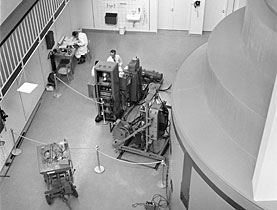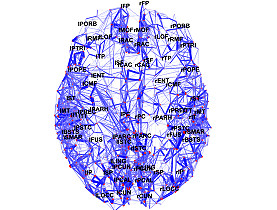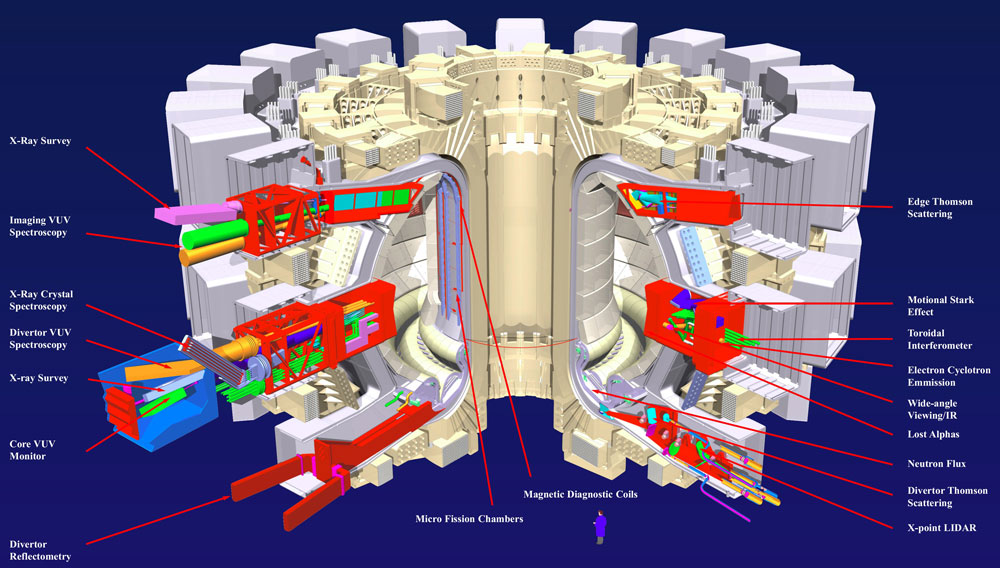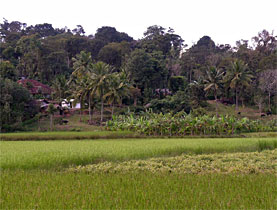Practising the science of diplomacy

Fifty years after it posted its first scientific liaison abroad, the Swiss government is trying to figure out to what extent attachés have shaped the country's foreign policy.
The Swiss Diplomatic Documents (SDD), which documents the records of the foreign service, on Thursday concludes a two-day international symposium looking at the historical role of the science counsellors.
The conference, held in partnership with the foreign ministry and other government agencies, has attracted officials and academics from Switzerland, the United States and Britain, including Marc Susser, the official historian of the US Department of State.
Much of the discussion over the two days has focused on Switzerland’s activities in the US.
Swiss technology firms today are typified by precision and cutting-edge expertise and run the gamut from heavy engineering to pharmaceuticals to nanotechnology.
But when the government in Bern dispatched mathematician Urs Hochstrasser to Washington as Switzerland’s first scientific envoy in 1958, talk in diplomatic circles centred overwhelmingly on a single issue.
“At that moment, the nuclear question was very important not only for the United States but also for Switzerland, and for two reasons,” said Hans-Ulrich Jost, the head of the SDD.
“First, at the time Switzerland thought to get nuclear arms for the army. Until the late 1950s, the idea was very important for Switzerland.”
Swiss firms also looked to export nuclear energy installations to markets abroad, Jost told swissinfo.
He added that it would take time to gain a clearer perspective of how the role of scientific liaisons have evolved and to establish trends over the past 50 years.
“We will continue to look at these topics and accumulate documents necessary to make a final analysis in a few years,” he said.
Strategic
Mauro Moruzzi, a historian and head of the Bilateral Research Cooperation Unit at the State Secretariat for Education and Research, explained that in the case of the scientific attachés, science and foreign policy have for the most part been indivisible.
Nine years after appointing the scientific counsellor to Washington, Switzerland sent counterparts to Moscow and Tokyo. Old records reveal that while big on ideas and small on clout, the science emissaries addressed many of the same matters challenging people today.
“I remember one record which tried to understand how the exchange of scientific knowledge could be organised on a worldwide level,” said Jost, of documents discovered in the 1960s.
“And this is an idea that is very important today with the internet.”
Science today
The Swiss government currently has 16 scientific outposts around the world, including four so-called swissnex centres, which Moruzzi says go “one step further” than the attachés.
It will open a fifth, in Bangalore, India, in 2009.
The centres are not in embassies, but rather public-private partnerships, away from the capital cities and in high-tech hubs.
“Everybody wants to understand what is so special about a region, and wants to go there,” Moruzzi said. The latest Swissnex centre is in Shanghai, Switzerland’s second in Asia.
The other two are in the US: San Francisco’s serves the western half of the US and Canada and the office in Boston covers the other half of the continent.
The centre in San Francisco hosts between 60 and 80 public events a year, about half of which are proposed by outside institutions, according to its director Christian Simm.
In one sense, their method of cultivating relationships with corporations and academic institutions is traditionally Swiss – low-key – but it hardly resembles standard diplomacy.
“It’s done in a different way,” Simm told swissinfo. “It’s done in a trendy, edgy way that gives all that visibility.”
Being in a tech hub helps, Simm said, but added that his centre has done business in places as far off as the Balkans. The offices are “a place, but less geographically defined than before”, he said.
swissinfo, Justin Häne
Science and technology research is an important component of Swiss foreign policy.
The State Secretariat for Education and Research has created a professional network of science counsellors and science consulates in close cooperation with the foreign ministry.
The purpose of Swissnex centres is to raise awareness of Switzerland as an internationally competitive location for scientific research and technological development, as well as promote worldwide cooperation in research and development.
The establishment and upkeep of the centres are funded from public and private sources.
The first Swissnex, originally known as Swiss House, opened in Boston in 2000.
The Swissnex in San Francisco began operating in 2003 followed by Singapore in 2004.
Swissnex in Bangalore will open in 2009.

In compliance with the JTI standards
More: SWI swissinfo.ch certified by the Journalism Trust Initiative



You can find an overview of ongoing debates with our journalists here. Please join us!
If you want to start a conversation about a topic raised in this article or want to report factual errors, email us at english@swissinfo.ch.